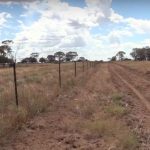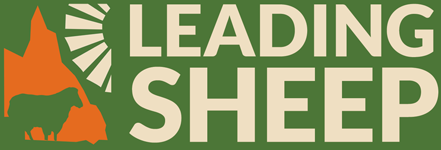 Sheep and wool producers have been advised to be proactive when weighing up the merits of exclusion fencing and ‘don’t wait until lambing percentages are down before taking action’.
Sheep and wool producers have been advised to be proactive when weighing up the merits of exclusion fencing and ‘don’t wait until lambing percentages are down before taking action’.
Blackall wool grower Ben Banks has warned western Queensland producers delaying fencing could put them in a position where it was difficult to financially justify the infrastructure expense.
“If you’re in a position to be able to afford to put up fencing while you’re marking 80-100 per cent of lambs, do it,” he said.
“Don’t wait until you’re marking 20 per cent of lambs because it becomes a lot harder to justify and harder to afford.”
While Longreach wool producer David Owens, is another western Queensland producer who was motivated to install exclusion fencing to reduce the impact of wild dogs on his Merino operation.
“Overall our lambings were down to 50 per cent, when we can normally work on 70 per cent and we felt certain most of those losses were a direct result of wild dogs.
“So we made the decision to start work on exclusion fencing. It will cost us about $150,000 for the 20 kilometres of fence we have planned, but if it will save our lambing rates then it’s worth it in the long run.
“The dog fence is one of the most important investments you can make around here. We’ve run some numbers and found that, depending on the season, the fence will for pay itself within two years and importantly it will give us back some control over production.”
In preparing to build the fence, Mr Owens found preparing beforehand helped with time and labour efficiency in the installation. While on the ground, one of the key elements of his fencing project has been to negotiate the challenges of building enduring, but effective flood fences.
